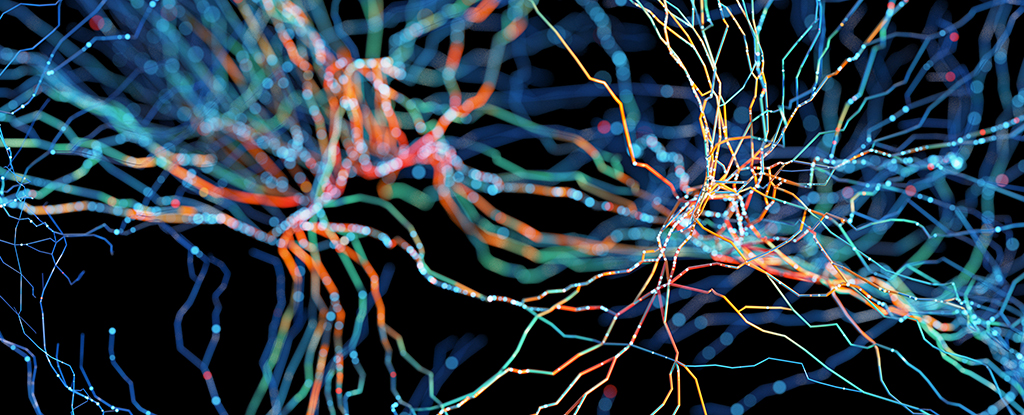Information doesn’t make its way around our brains in the same way as it does in the brains of other animals, according to a new study, and it could teach us something important about the way our species has evolved.
A team led by researchers from the Swiss Federal Institute of Technology in Lausanne (EPFL) in Switzerland used advanced data analysis techniques on top of functional magnetic resonance imaging (fMRI) scans to analyze brain activity in humans, mice, and macaques.
Comparing the resulting brain ‘traffic maps’, the researchers found that the human brain uses multiple parallel pathways to shift information from one region to another, whereas the mice and macaque brains use just single channels.
“What’s new in our study is the use of multimodal data in a single model combining two branches of mathematics: graph theory, which describes the polysynaptic roadmaps; and information theory, which maps information transmission (or traffic) via the roads,” says Alessandra Griffa, a biomedical engineer from EPFL.
“The basic principle is that messages passed from a source to a target remain unchanged or are further degraded at each stop along the road, like the telephone game we played as children.”
To use another analogy, the information traffic moving around the brain is like traffic traveling down a road with multiple stops along the way. Our brains seem to be wired to simultaneously use multiple roads to get the convoy of signals to its destination.
What’s more, the researchers discovered that these parallel pathways are as unique as fingerprints: studying the particular way that information flows around a brain can distinguish individual nervous systems.
“Such parallel processing in human brains has been hypothesized, but never observed before at a whole-brain level,” says Griffa.
How these multiple channels affect thought processing, and why we have them when other animals don’t, is beyond the scope of this study. However, the researchers think our larger brains have enabled more complex patterns of connectivity.
It might also add some level of resilience to the human brain, the researchers suggest. If one channel gets blocked or damaged, then it’s possible that information can be rerouted through another channel instead.
Further down the line, the research could help us determine how damage from brain injuries could be repaired, or how we might be able to guard against the development of conditions such as dementia.
“We could hypothesize that these parallel information streams allow for multiple representations of reality, and the ability to perform abstract functions specific to humans,” says Griffa.
“We looked at how information travels, so an interesting next step would be to model more complex processes to study how information is combined and processed in the brain to create something new.”
The research has been published in Nature Communications.





